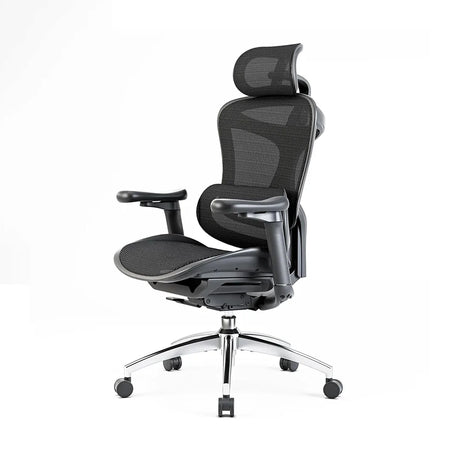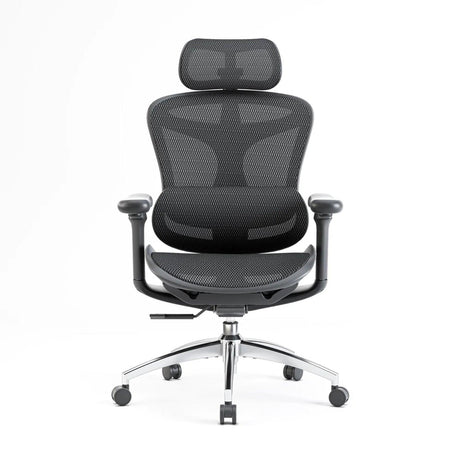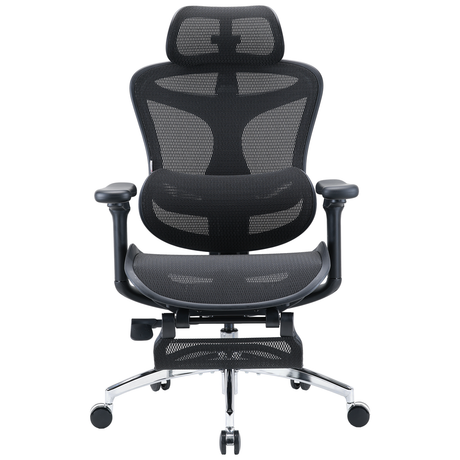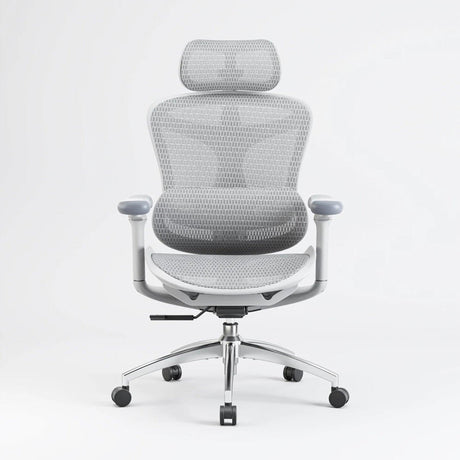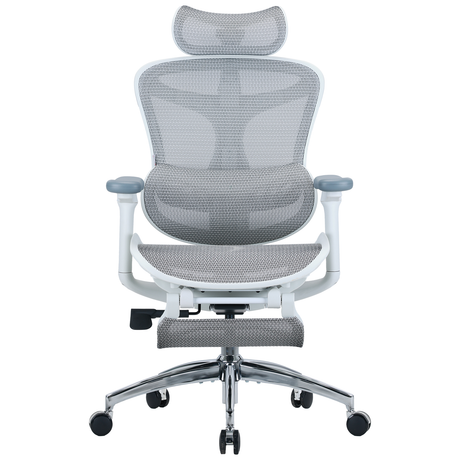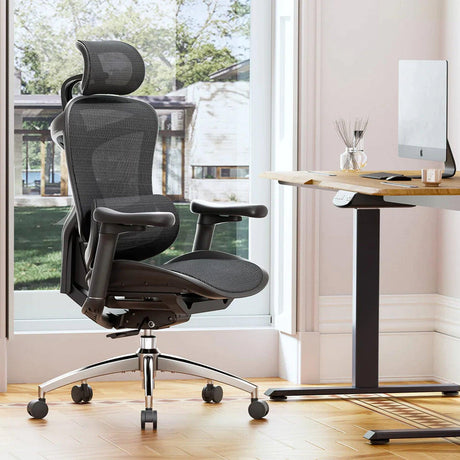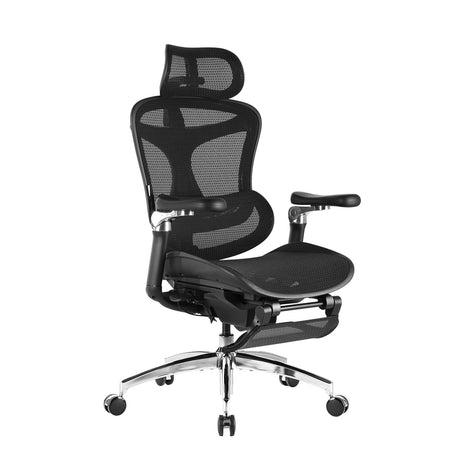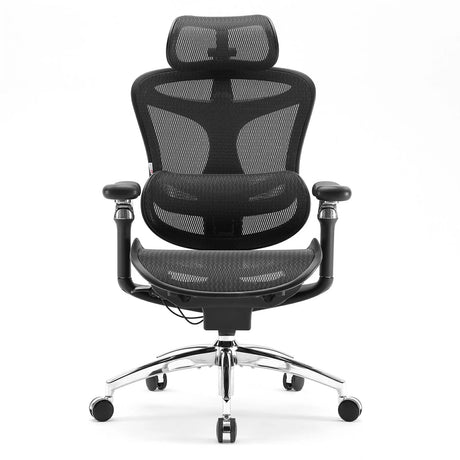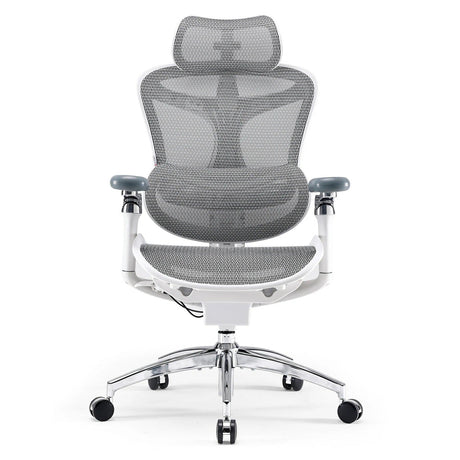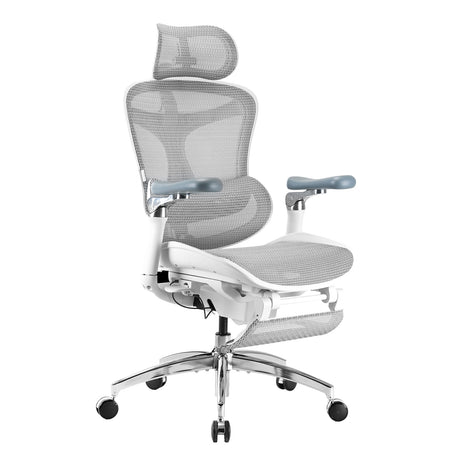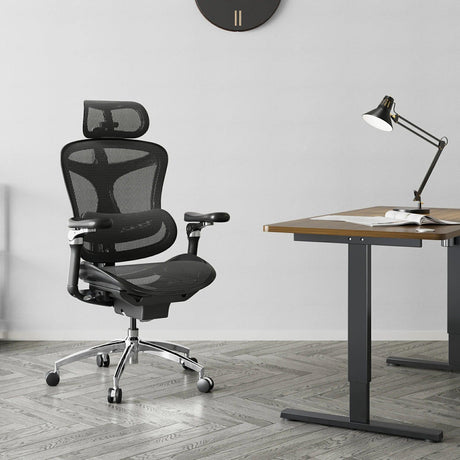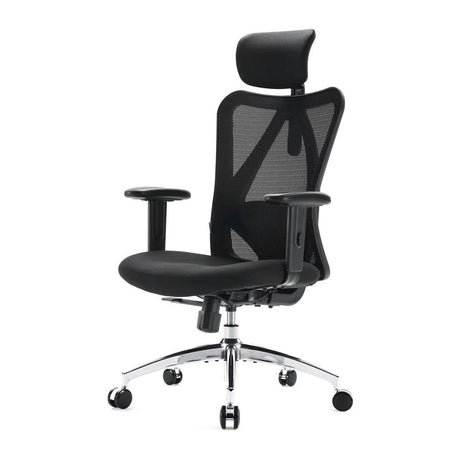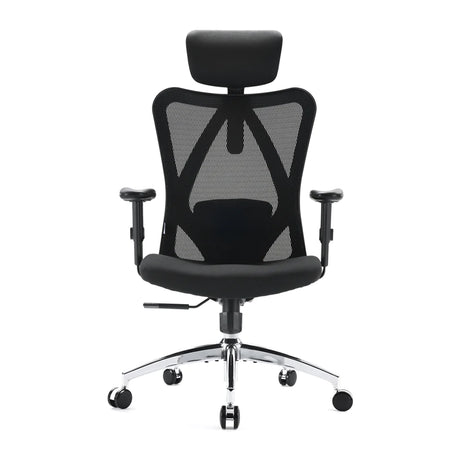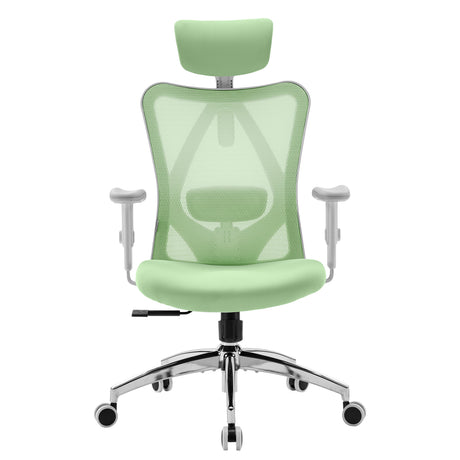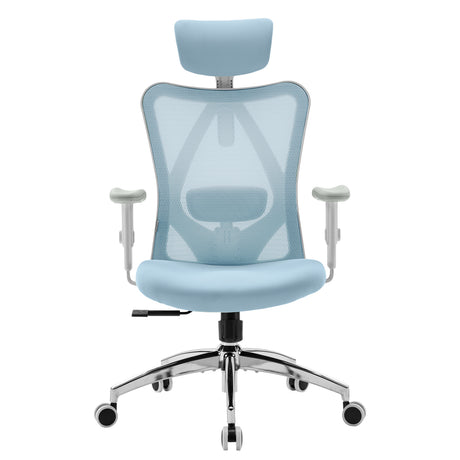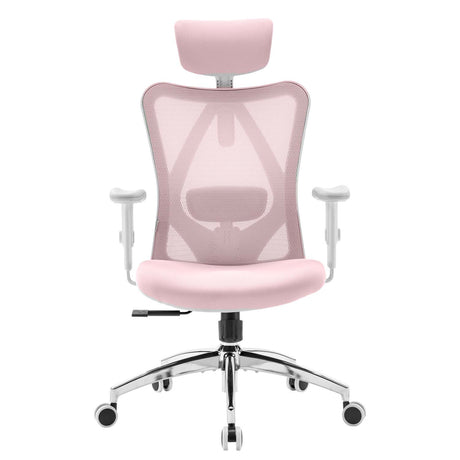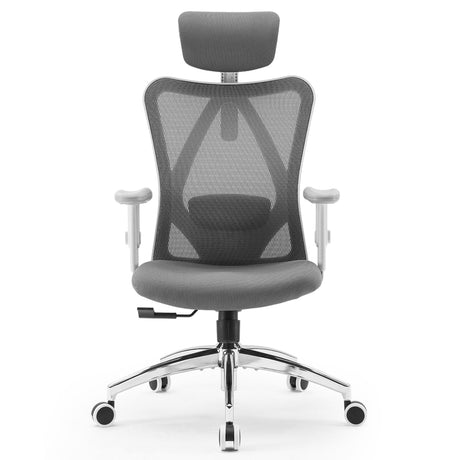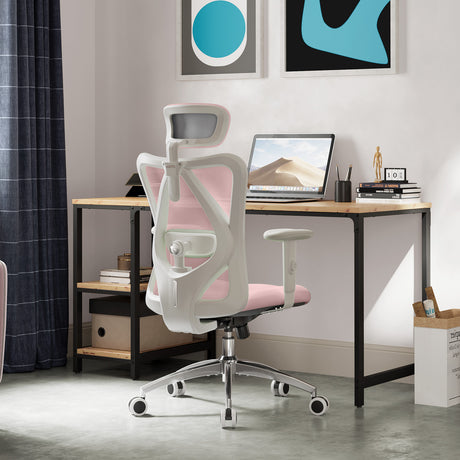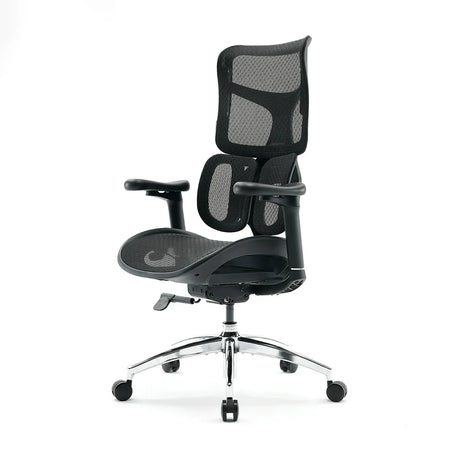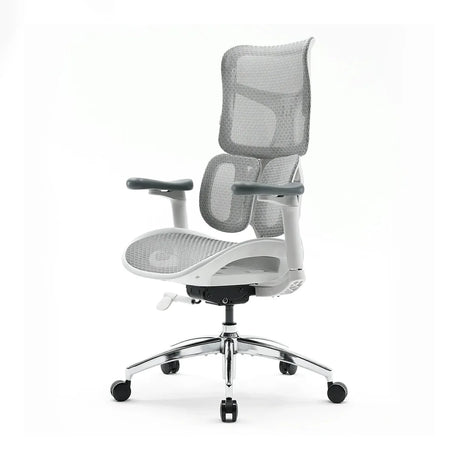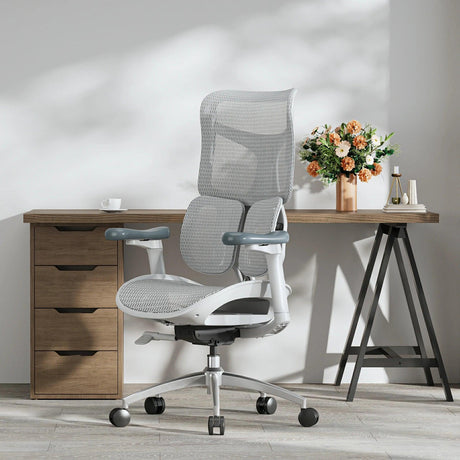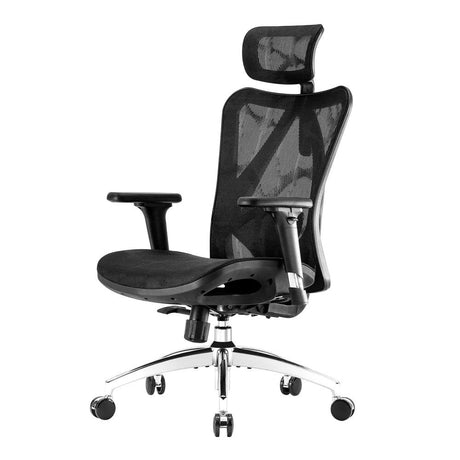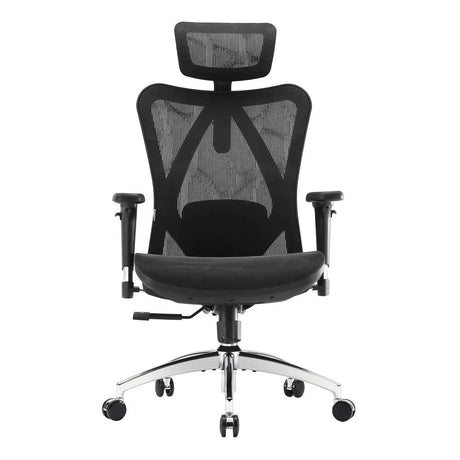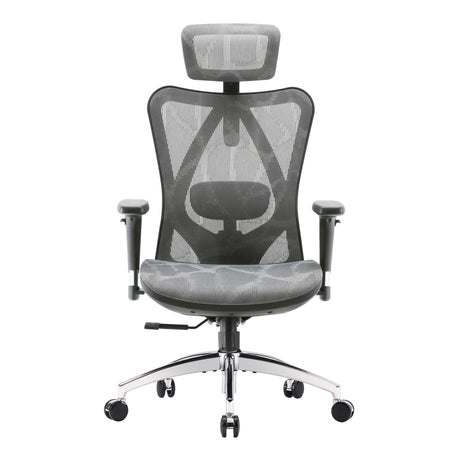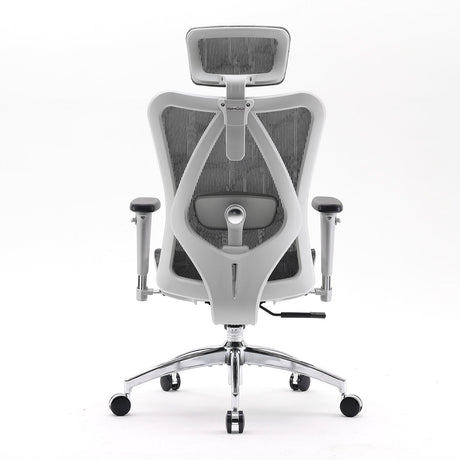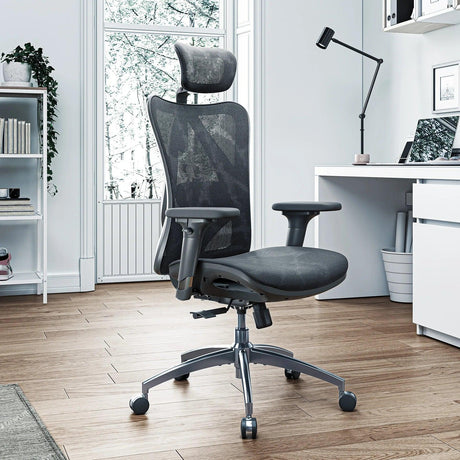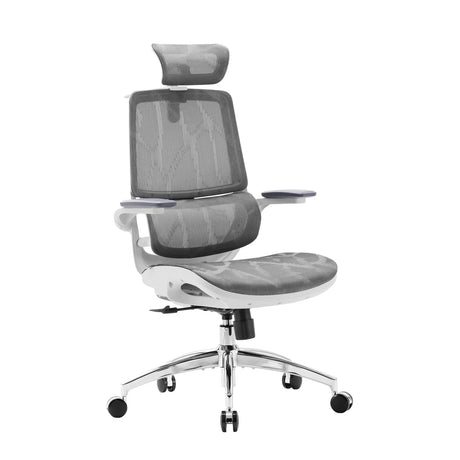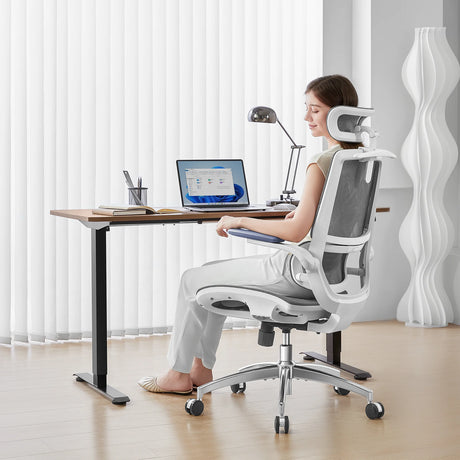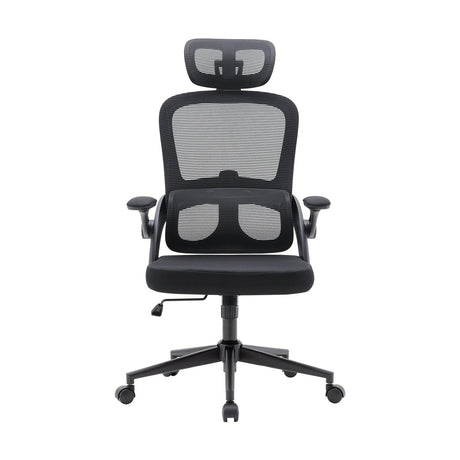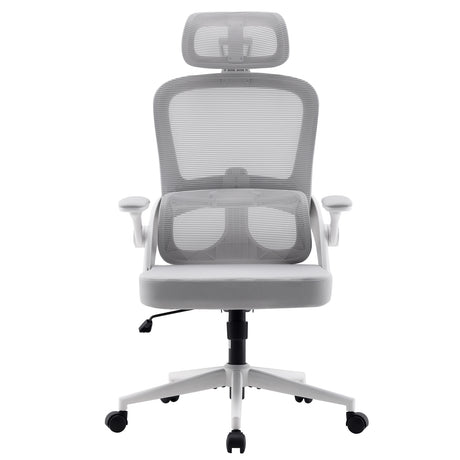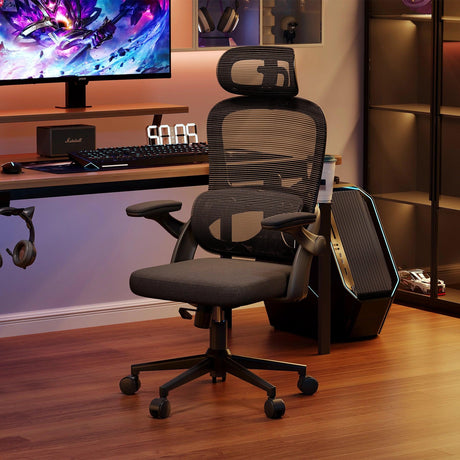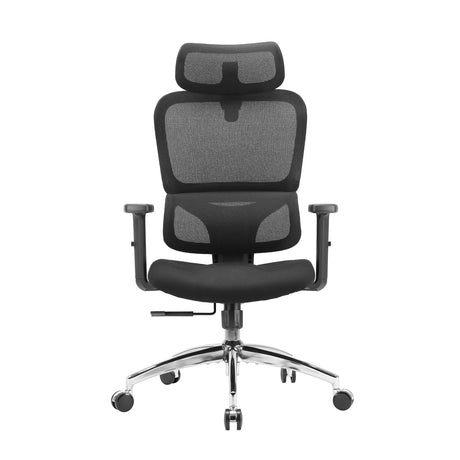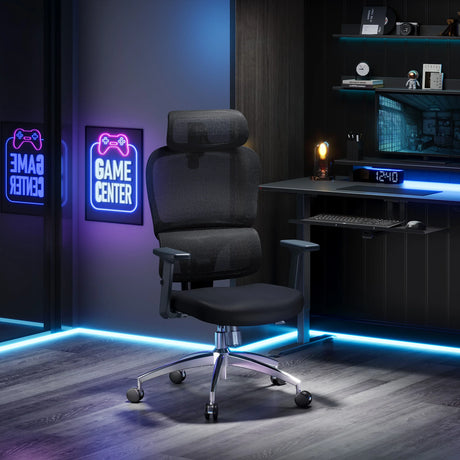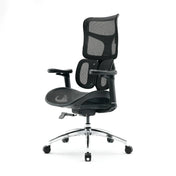When it comes to comfort and productivity, your office chair plays a huge role. The right ergonomic chair can significantly reduce discomfort, improve posture, and even prevent long-term health issues like back pain. One of the most common questions people ask when adjusting their ergonomic chair is: How deep should I sit into my chair?
The answer isn’t one-size-fits-all, but understanding the factors that contribute to the perfect depth will help you create a setup that suits your body and needs.
What Does Sitting Depth Mean?
Sitting depth refers to the distance between the back of the seat and the backrest to the edge of the seat. It’s how far you sit from the back of the chair, which impacts the alignment of your spine and pelvis.
If you sit too far forward or too far back in your chair, you could end up with discomfort in your lower back, thighs, or hips. So, it's essential to adjust the depth correctly for your body type.
Ideal Sitting Depth: Finding the Sweet Spot
1. Positioning Your Hips and Back: The general rule of thumb is that you should sit deep enough into your ergonomic chair so that the backrest supports your lower back (lumbar area) while also maintaining a comfortable angle. At the same time, your knees should be at a 90-degree angle or slightly greater.
2. Seat Depth Adjustment: Many ergonomic chairs, like the Sihoo Doro series, come with a seat depth adjustment feature. If your chair allows for this adjustment, make sure that the seat is deep enough to allow for proper back support but shallow enough that your feet remain flat on the floor. A seat depth that’s too long can leave your knees floating off the edge of the chair, which causes pressure on your thighs and disrupts circulation.
3. Leave Space Behind Your Knees: A critical point to remember is that you should always leave a small gap—around two to three fingers' width—between the edge of the seat and the back of your knees. This space ensures that there is no pressure on the back of your knees and allows for better blood circulation.
4. Lower Back Support: The depth of your seat should align with the natural curve of your spine. The backrest should provide support for your lumbar (lower back) region, but it should not push you too far forward or force you to lean back. Your lower back should feel supported without straining, and your pelvis should be tilted slightly forward, which helps maintain good posture.
Why Getting the Seat Depth Right is Important
1. Prevents Pressure on Thighs and Hips: If you sit too deep into the chair, the edge of the seat may press into your thighs, restricting blood flow and causing discomfort or even pain. Sitting too shallow can prevent your lower back from being properly supported and may lead to slouching or hunching.
2. Supports Posture: An ergonomic chair that supports the natural curve of your spine will encourage you to sit upright, preventing slouching and the negative effects associated with poor posture. The right depth helps align your pelvis and spine, reducing the risk of developing back pain or discomfort over time.
3. Enhances Comfort During Long Hours: Sitting correctly is especially important if you’re spending long hours at your desk. An ergonomic chair with an adjustable seat depth allows you to optimize your sitting position so that your body remains comfortable, relaxed, and pain-free throughout the day.
What if Your Chair Doesn’t Have Seat Depth Adjustment?
If your chair doesn’t have a seat depth adjustment feature, it’s still possible to optimize your sitting position. Here’s what you can do:
- Use a Seat Cushion: A seat cushion can help reduce the depth of the best office chair or provide additional support to the lumbar area, giving you better posture.
- Add Lumbar Support: A lumbar cushion or pillow can help provide lower back support and adjust the depth if you find the seat too shallow.
- Adjust Your Desk Height: Sometimes adjusting your desk height in conjunction with your chair settings can help alleviate discomfort and create a better sitting posture.
Key Takeaways
- Sit deep enough so that your back is supported by the chair's backrest and your knees are at a 90-degree angle or slightly greater.
- Leave a small gap (2–3 fingers) between the edge of the seat and the back of your knees.
- Ensure lower back support without causing slouching or leaning forward.
- Use seat depth adjustments if available, or consider cushions and lumbar support if not.
- Avoid sitting too shallow in your chair, as it may lead to poor posture and discomfort.
Ultimately, the ideal sitting depth will depend on your body type, comfort, and the specific features of your ergonomic chair. Make sure to experiment with different positions and adjustments until you find the one that feels best for you. An ergonomic chair that fits your body properly can make all the difference in your workday, preventing pain and boosting productivity.

